Baraebong Peak (바래봉)
2024-04-07
196, Baraebong-gil, Namwon-si, Jeonbuk-do
+82-63-630-8900
Baraebong Peak gets its name from its resemblance to an upside down barittae (a wooden rice bowl used by temple priests). The mountain is characterized by round slopes and fields of royal azalea flowers in spring. Trekking starts at Yongsan Village, 1.5 kilometers away from Unbong-eup. The trail follows a gentle path through a forest reserve behind a ranch and up to the peak. The last section of the trail before reaching the summit is covered in royal azaleas in full bloom from late April until May. The view from the peak includes the whole vista of Jirisan Mountain.
KT&G Sangsangmadang Nonsan (KT&G 상상마당 논산)
2025-01-13
15-20, Hancheon-gil, Sangwol-myeon, Nonsan-si, Chungcheongnam-do
KT&G Sangsangmadang are cultural arts facilities located in Hongdae, Chuncheon, and Nonsan. The Nonsan branch includes basic facilities such as a design shop, café, and experiences, while also offering an art lounge, art camping village, and youth training facilty for more indepth education. Sangsangmadang’s lives out its concept of growing artistic imagination and sharing happiness.
Hwangnyeongsan Mountain ()
2024-10-25
391-39 Hwangnyeongsan-ro, Nam-gu, Busan
+82-70-7543-5249
Hwangnyeongsan Mountain offers a lush green forest easily accessible from downtown Busan. The mountain is popular for hiking, as well as taking in the nightscape. The mountain stretches across Busanjin-gu, Nam-gu, and Suyeong-gu districts, and with an altitude of 427 meters, it is the second tallest mountain in the Geumnyeon Mountain Range. Despite this distinction, the summit can be reached after a two to three-hour hike. At the foot of the mountain, one can find a citizen's recreation area and a youth training center. Choosing which mountain trail to take depends on the transportation options available.
Traditional Food Town around Namhansanseong Fortress (남한산성 전통음식마을)
2021-03-17
731, Namhansanseong-ro, Gwangju-si, Gyeonggi-do
+82-31-762-3010
The Traditional Food Town around Namhansanseong Fortress has many restaurants offering rice, dotorimuk (acorn jelly salad), tojongdak (whole chicken) dishes, and other traditional dishes. The area embraces almost 300 years of Korean history and the restaurants were built in traditional hanok-style buildings around Namhansanseong Fortress, a military stronghold from the Joseon dynasty.
Namwon Aircraft & Space Observatory (남원항공우주천문대)
2024-04-07
48-63, Yangnim-gil, Namwon-si, Jeonbuk-do
+82-63-620-6900
Chosen as a government funded project, Namwon Aircraft & Space Observatory was granted 4.6 billion won by the Ministry of Science, ICT and Future Planning in 2006 for project development.
The three-story observatory, with a total area of 6,532 square meters, has an exhibition hall showing the history of space aviation, an aviation experience hall, and a 10-meter-wide dome showing images of the night sky. The secondary observatory is equipped with a 600 millimeter telecope and other astronomical telescopes ranging in focal length from 125 millimeter to 350 millimeter for observing Namwon's night sky. In addition to the telecopes, retired combat planes from the air force, including the main fighter plane Phantom from the 1970s, are displayed outside.
Namwon Aircraft & Space Observatory offers programs such as tours and experience programs for groups. These include a 4D film experience of the sun and celestial bodies, a virtual aviation experience, and lectures about astronomy, all of which can accommodate up to 120 people per session. A variety of classroom learning activities are also offered in the summer to attract more visitors.
Gwanghallu Pavilion (광한루)
2024-04-07
1447, Yocheon-ro, Namwon-si, Jeonbuk-do
+82-63-620-6172
Rebuilt in 1638 (the 16th year of King Injo), Gwanghallu Pavilion is one of the Joseon dynasty’s most exemplary structures. The pavilion was constructed in 1419 by Hwang Hui, a noted prime minister in the early Joseon dynasty, during his exile to Namwon. The name of the pavilion at that time was Gwangtongnu. In 1434, while the pavilion was undergoing reconstruction, scholar and politician Jeong In-ji called it Gwanghallu after Gwanghancheongheobu, the mythical palace on the moon. Designated as Treasure No. 281, the pavilion is one of four major pavilions known for excellent craftsmanship, along with Yeongnamnu Pavilion (Miryang), Chokseongnu Pavilion (Jinju), and Bubyeoknu (Pyeongyang). Gwanghalluwon Garden, which consists of Gwanghallu Pavilion, a pond, Bangjangjeon Pavilion, and Yeongjugak Pavilion form Historic Site No. 33.
Buyeo Muryangsa Temple (무량사(부여))
2021-11-12
203, Muryang-ro, Buyeo-gun, Chungcheongnam-do
+82-41-836-5066
Muryangsa Temple, located at the foot of Mansusan Mountain in Buyeo-gun, Chungcheongnam-do, is said to have been built during the reign of Silla King Munmu by national preceptor Beomil. Geungnakjeon Hall can be seen after passing through Sacheonwangmun Gate, recognizably the best location for taking in the beauty of Muryangsa Temple. The temple grounds hold the Two-story Geungnakjeon Hall, Five-story Stone Pagoda, and Stone Lantern, all in a row.
The temple is also famous for being the place where Kim Siseup, one of the Saengyuksin (Six Loyal Subjects of the Joseon dynasty), spent his last few days before death. Visitors can see his portrait inside the temple. Although the temple site is included in Buyeo-gun’s administrative district, it is located closer to downtown Boryeong.
Daejosa Temple (Buyeo) (대조사 (부여))
2020-01-08
112, Seongheung-ro 197beon-gil, Imcheon-myeon, Buyeo-gun, Chungcheongnam-do
+82-41-833-2510
Below Seongheungsanseong Fortress (built in 501 during the Baekje Kingdom) in Buyeo is an ancient temple called Daejosa (great bird temple). Inside the temple grounds stands a giant standing stone Buddha statue looking toward the east. The temple, which was founded during the 5th year of the Baekje Kingdom, has an interesting legend behind its origin.
According to the legend, an old monk fell asleep after praying under a large rock on the slopes of Seongheungsan Mountain. In his dream, a large bird glowing in gold flew in from the west and sat on the rock where Daejosa currently stands. While the bird continuoulsy flapped its wings, a ray of light shone on the rock and it was there that the statue of Avalokitasvara Bodhisattva appeared.
The old monk had the same dream at the same time for many days. He recounted his dream to the seongju (castle lord), who then reported it to King Seong of Baekje. The king interpreted the dream as a sign that it was the right time to move the capital of Baekje to Sabi (now Buyeo) and ordered the construction of a large temple at the location that appeared in the dream. The temple was so big that even at a hurried pace, it would still take 10 years to build. Workers had to work day and night, and every time the workers felt tired, birds would come singing to brighten up the atmosphere so that the workers can forget the fatigue and continue working. Hence, the temple was completed after only five years. Because of the golden bird, the temple was named Daejosa, literally meaning "temple of a great bird."
The rock on which Avalokitasvara Bodhisattva appeared in the dream was recreated as a stone statue of a Buddha. This standing stone Maitreya Bodhisattva statue is a fine work of sculpture which, along with the stone Bodhisattva of Gwanchoksa Temple (Treasure No. 218), is a representative heritage of the early Gorye period.
In front of Wontongbojeon Hall (a hall enshrining Avalokitasvara Bodhisattva) stands a pagoda. In the old days, the stone pagoda used to have only the cover stones but as the pagoda body stones were found, the structure was completely restored in 1975. This pagoda is assumed to have been built in the early days of the Goryeo Kingdom.
E-World 83 Tower (이월드 83타워)
2025-08-06
200 Duryugongwon-ro, Dalseo-gu, Daegu
83 Tower is a symbol of Daegu and offers an incredible view of the entire city. The tower also has a revolving restaurant and Sky Lounge, offering top cuisine and night views of the city.
Modo Island (모도)
2025-08-18
12-3, Modo-gil, Jindo-gun, Jeollanam-do
+82-61-544-0151
In 1929, Modo Island was spotted by Kim Hae-gim on his way to Jeju Island. He called the island Ttiseom because of the multitude of ttipul grass, a grass native to Korea, on the island. There were also many houses with thatched roofs made with dried ttipul on the island. The name Modo Island comes from the Hanja characters for "Ttiseom."
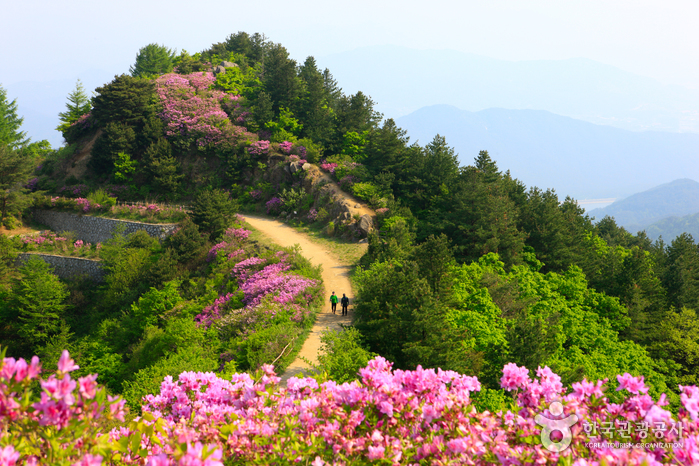
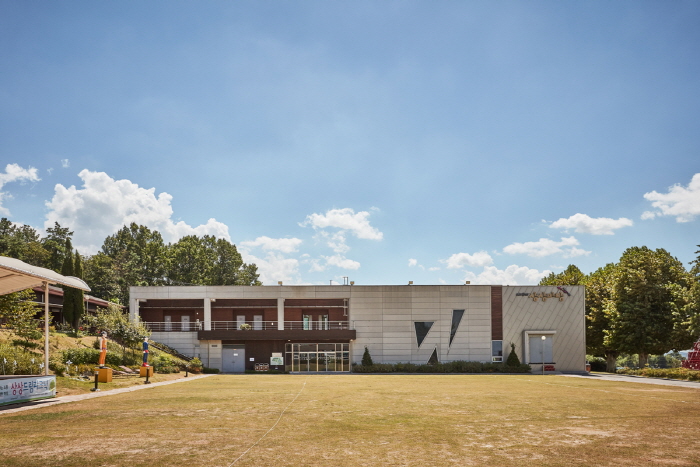
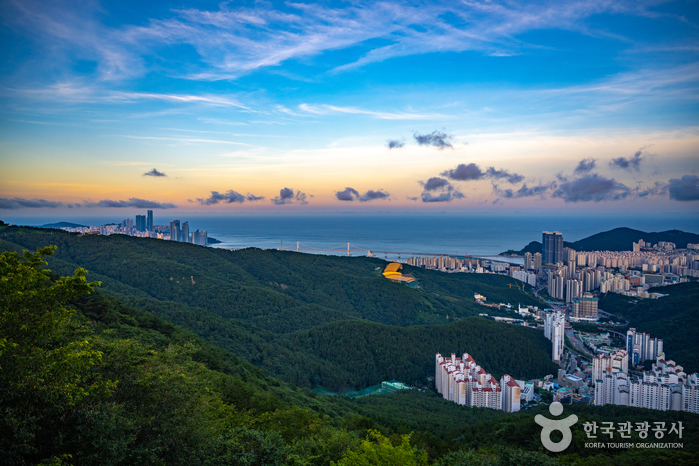
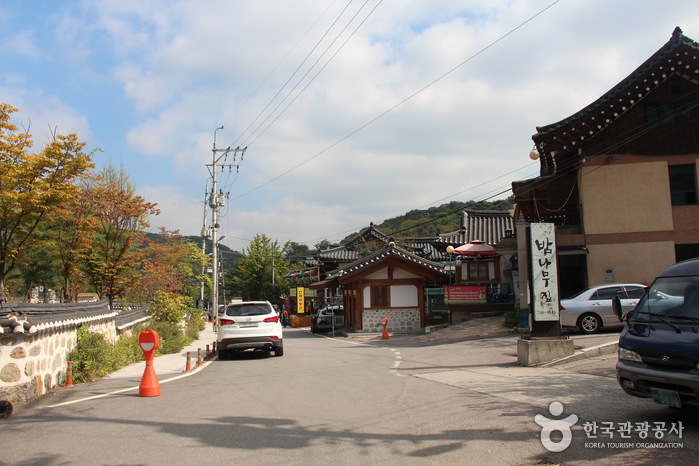
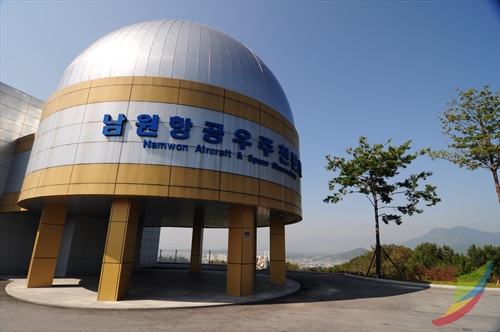
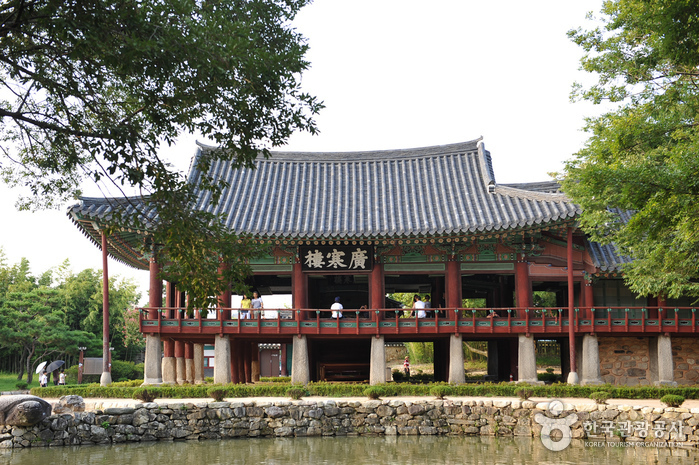
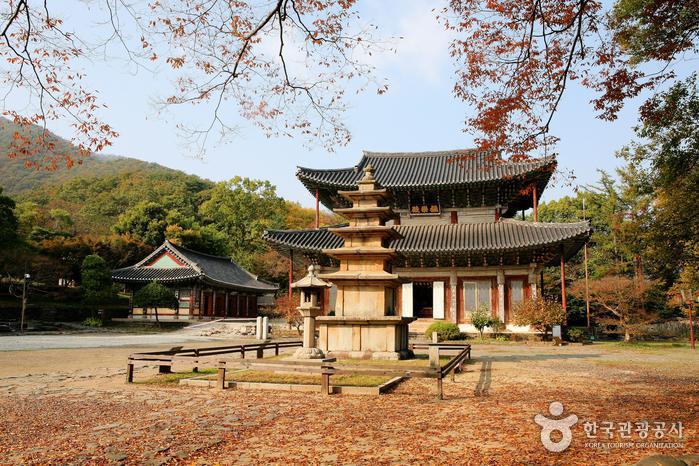
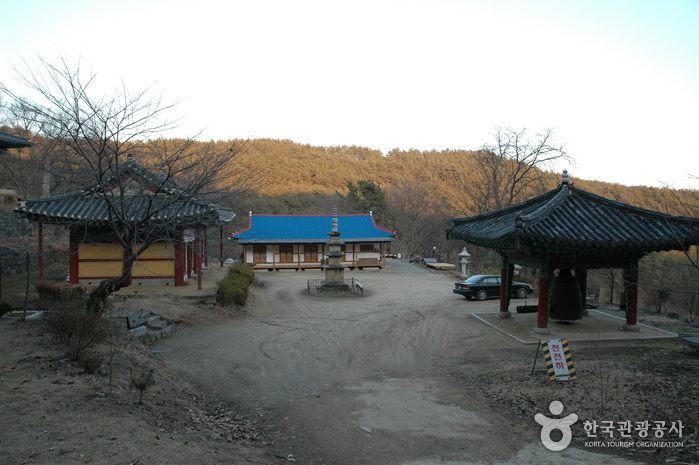
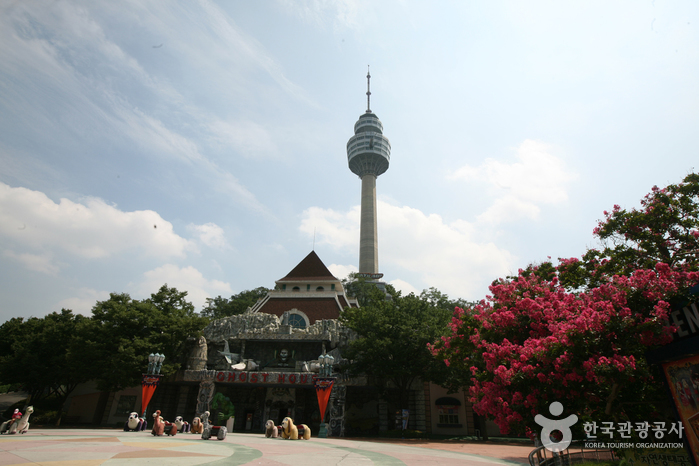

 English
English
 한국어
한국어 日本語
日本語 中文(简体)
中文(简体) Deutsch
Deutsch Français
Français Español
Español Русский
Русский